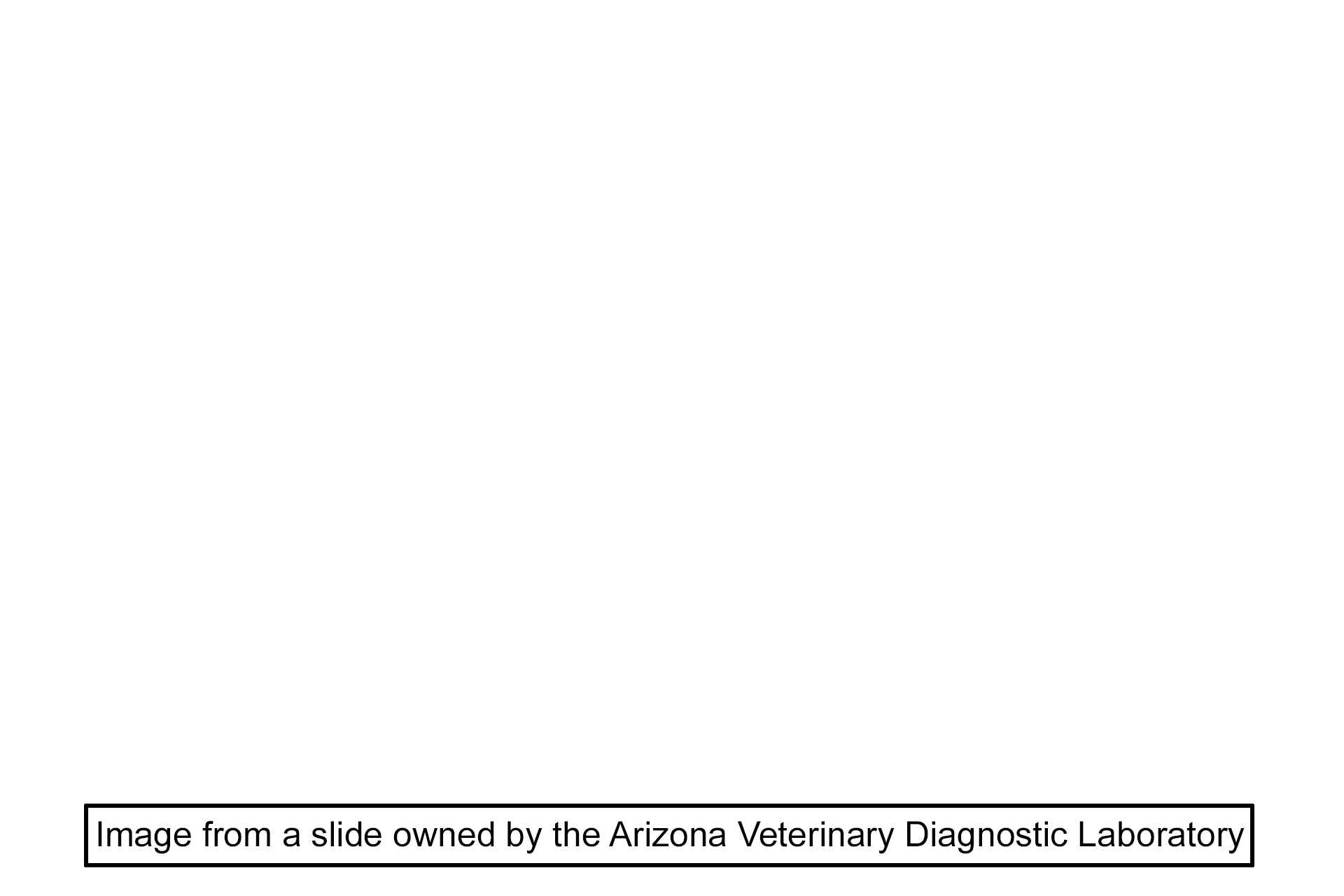
Sensory retina: Optic disc
The optic disc is the site where the optic nerve exits the eye. Axons from retinal ganglion cells course in the nerve fiber layer, converge at the optic disc and then exit the eye, forming the optic nerve (Cranial nerve II). The optic disc is devoid of retinal neurons, including photoreceptors, and, hence, is called the visual blind spot. At the center of the optic disc is the optic papilla. 100x

Optic disc
The optic disc is the site where the optic nerve exits the eye. Axons from retinal ganglion cells course in the nerve fiber layer, converge at the optic disc and then exit the eye, forming the optic nerve (Cranial nerve II). The optic disc is devoid of retinal neurons, including photoreceptors, and, hence, is called the visual blind spot. At the center of the optic disc is the optic papilla. 100x

Optic nerve
The optic disc is the site where the optic nerve exits the eye. Axons from retinal ganglion cells course in the nerve fiber layer, converge at the optic disc and then exit the eye, forming the optic nerve (Cranial nerve II). The optic disc is devoid of retinal neurons, including photoreceptors, and, hence, is called the visual blind spot. At the center of the optic disc is the optic papilla. 100x

Retina
The optic disc is the site where the optic nerve exits the eye. Axons from retinal ganglion cells course in the nerve fiber layer, converge at the optic disc and then exit the eye, forming the optic nerve (Cranial nerve II). The optic disc is devoid of retinal neurons, including photoreceptors, and, hence, is called the visual blind spot. At the center of the optic disc is the optic papilla. 100x

Retinal blood vessels >
Accompanying the optic nerve are the central retinal artery and vein. Retinal vessels fan out in the nerve fiber layer before penetrating the retina to maintain the inner retinal layers. Maintenance of the outer layers is provided by diffusion from vessels in the choriocapillary layer of the choroid.

Image source >
Image taken of a slide owned by the Arizona Veterinary Diagnostic Laboratory.